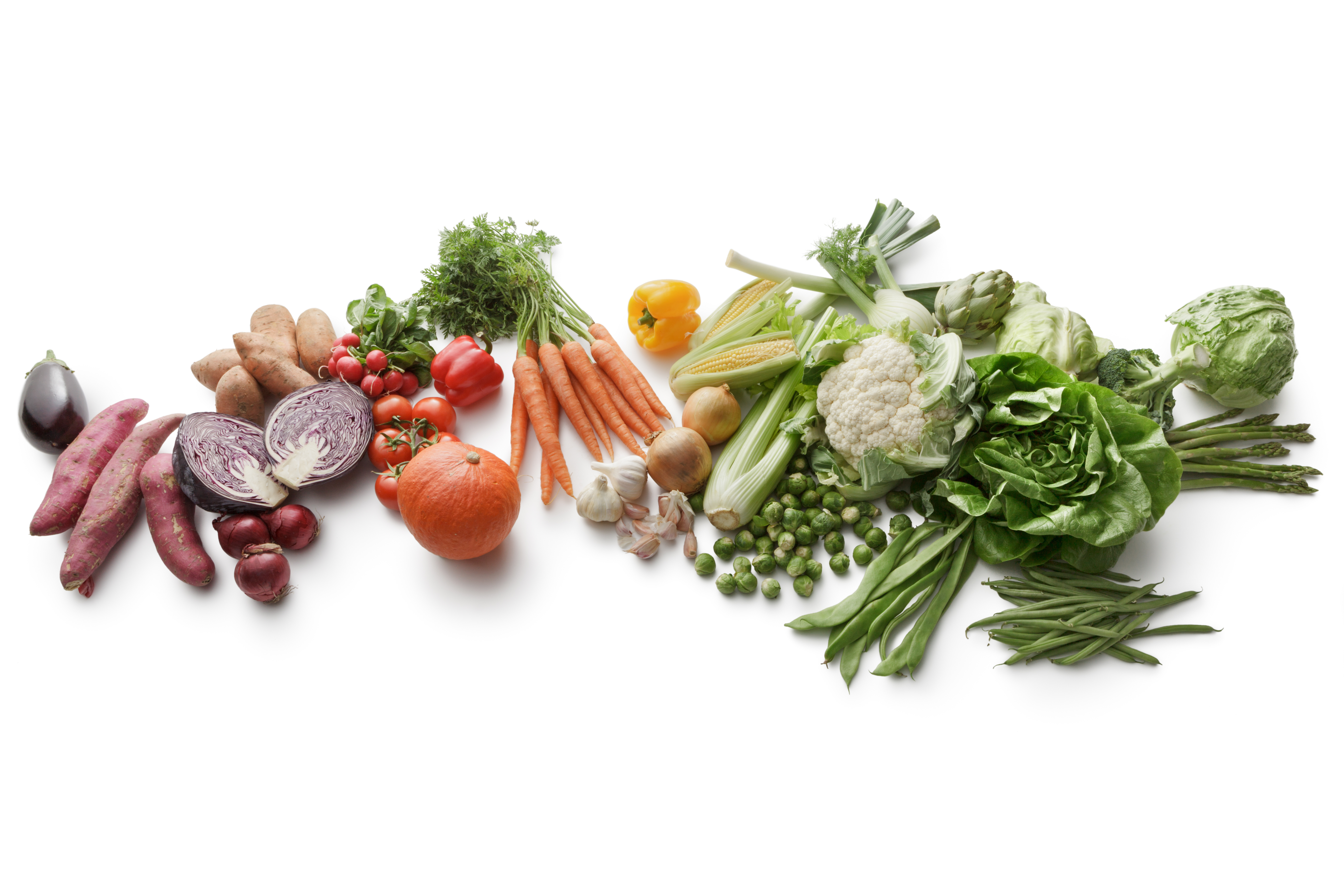Value of Fresh
 The Changing Landscape of Fresh
The Changing Landscape of Fresh
Food loss prevention, the shifting supply chain, blurred boundaries of foodservice and technological advancements in quality and efficiency are all changing the landscape of retail fresh. Consumers’ tastes and meal prep preferences are also evolving—a study FMI recently commissioned found that the average household now cooks 4.9 weekly meals at home.
When families prepare their own meals, they’re migrating to the perimeter of the store to make food choices. Produce, baked goods, meat, seafood, deli meats and cheese run the spectrum of consumer wants in fresh. In late 2016 and early 2017, revenue generated by produce departments grew 3.3 percent and volume 2.6 percent.
Opportunities with meat and seafood continue to crop up. Consumers are gravitating towards seafood but a lack of knowledge on taste and how to prepare it can be intimidating. The opportunity exists to give shoppers more information about how to prepare and eat fish and its related products.
Meat is often considered the “center of the plate.” It is one of the top three drivers of choice and delivers nearly $50 billion in sales every year. It also figures into consumers’ plans before shopping, which means retailers have the chance to promote the nutritional quality, variety and price points before shoppers even get to the store.
Foodservice continues to blur lines with home delivery, meal kit services, changing marketplaces and store formats. It may be one of the greatest opportunities for the future of food retailing. The FMI-commissioned report found that when people are not in the mood to cook, they’re twice as likely to go to a restaurant as they are to rely on food service. In fact, it showed that, even though shoppers make frequent visits to the grocery store, they typically only buy from foodservice once every three weeks.
When evaluating how science and technology increases yields, improved transportation positively impacts the quality of food, we look to data-driven farming, foodtech start-ups, healthy food access mapping, agtech and automated farm equipment for answers.
Can rethinking food production systems bring us more nutritious food? We have seen the beginning benefits of hydroponics, vertical farms, roof top farms, new crop choices and new proteins. Blending in to all these trends and advancements is the shifting supply chain with digital operations, consumer transparency, food safety and regulatory issues all placing operational pressure to move us forward efficiently.
FMI FreshForward will be an exciting format for forward-thinking discussions focused on tomorrow’s trends, and emerging issues.

